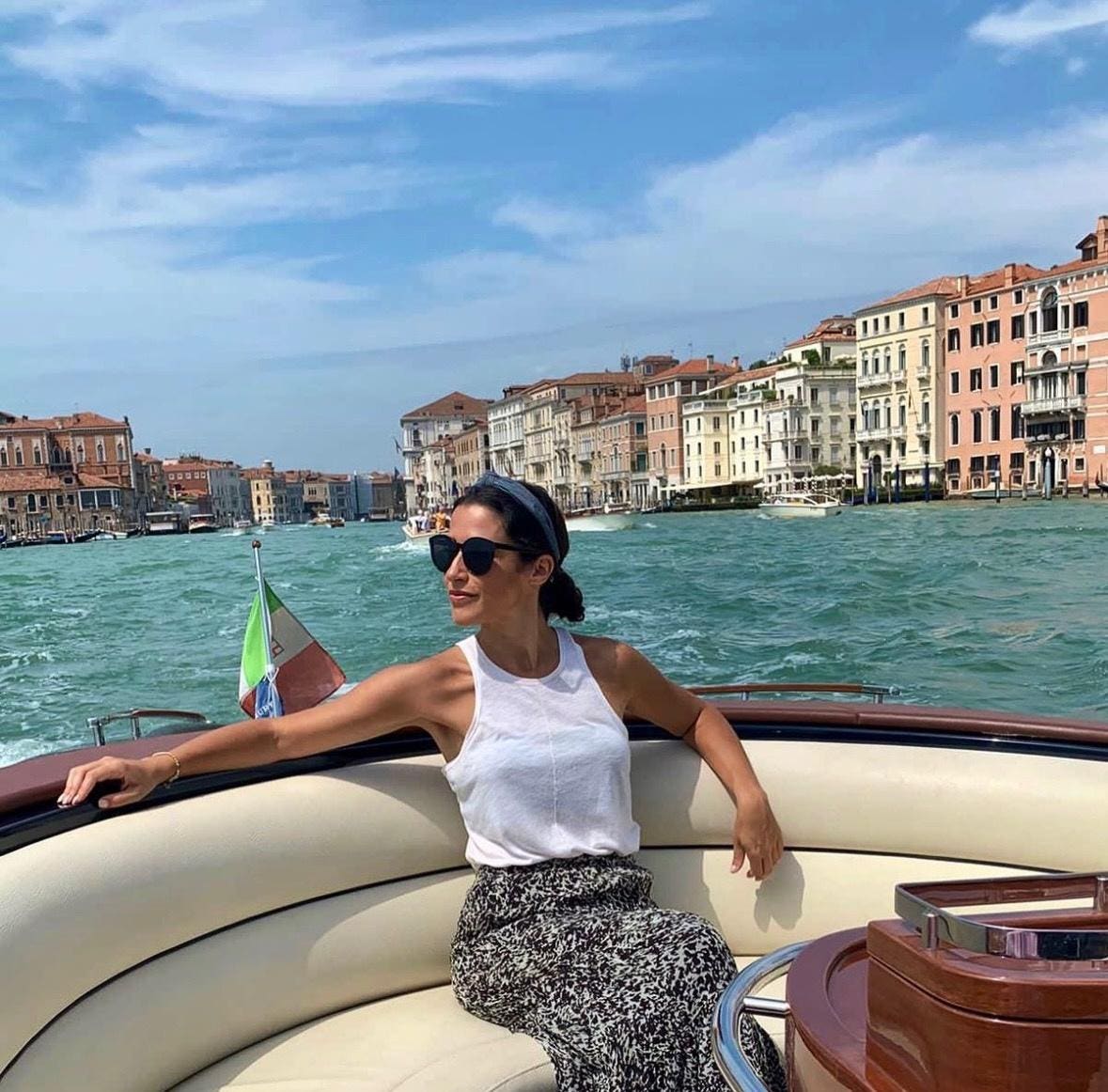A Shift In Mindset: The New Psychology Of Luxury Travel
4 min read
The psychology of luxury travel has shifted since the pandemic. There’s been a change not only in what luxury travelers are looking for, but even in something as basic as the way many are thinking about travel.
“With Covid, people stayed put for so long,” says luxury travel insider Joanna Kuflik, director of travel services for Marchay, a curated, membership-based luxury travel club that works with Passalacqua, Bulgari Roma, Faena, Deplar Farm and Mandarin Oriental Hyde Park, to name a few. “This year was really the first year where Covid became a thing of the past, and people adopted a different mindset,” she says. “They weren’t scared and they appreciated traveling differently,” she continues. “People no longer want to wait for high-quality experiences with their loved ones.”
The elite New York-based service that counts Fortune 500 CEOS; creative young entrepreneurs; major sports figures; and finance czars as members, was launched over nine years ago by Jon Ein, an investor and financier who started as an M+A specialist at Credit Suisse, and then moved to UBS in New York. After business school he launched Founded Film partners, focusing on film, TV and music. Ein, the chairman of Marchay, initially started it as a high-end business travel club for friends and family, then built it out and watched it grow.
Recently, says Kuflik, the focus at Marchay has changed. “Clients started asking about services for their personal experiences,” says Kuflik. “Since the pandemic, business and leisure travel have entwined,” she says. And now, almost 80 percent of Marchay trips are built around personal travel, or a combination of the two.
Here are some of the most noteworthy shifts Kuflik has seen in the mindset of luxury travelers.
A penchant for long, slow travel People are booking and traveling for longer periods of time and slowing down while they do. “With the component of remote work, people are fine being in Europe for weeks with their computer,” she says. “And that’s really changed the game.” With slow travel, people are able to immerse themselves more deeply in the local culture and book more experiences that allow them to really explore and appreciate the destination, according to Kuflik. They are looking to go beyond the typical resort experiences and more willing to head off the beaten path.
A deeper desire for wellness travel and immersive retreats “There’s been a huge shift about taking care of your well being and ensuring that you’re making time to take care of yourself,” Kuflik says. According to the new Global Wellness Institute report, the wellness tourism market will more than double from 2022 to 2027, with spending jumps from 2022 ($651 billion) to 2023 ($868 billion) to 2024 ($1 trillion) to 2027 (1.4 trillion). The 16.6 percent annual growth over the next five years will make wellness tourism the second biggest growth leader amidst all wellness sectors except wellness real estate, which comes in at 17.4 percent.
Ready for yoga in the Mind and Body Studio at the beautiful new SHA Wellness Clinic, opening in … [+]
People are willing to travel further for authentic immersive wellness experiences at state-of-the-art wellness destinations such as SHA Wellness Clinic, which is opening up a second property in Quintana Roo, Mexico in early 2024, or Eleven Experience’s Deplar Farm, with a luxury adventure focus in the northwest of Iceland.
“Clients are also asking for focused wellness retreats, perhaps with a famous yoga or Pilates instructor, where they can concentrate on themselves,” she says. And luxury properties are increasing their wellness experiences on and off the property, as guests have higher expectations that include wanting to have it all: salt therapy, sound healing, mind-body spa treatments, hot and cold plunge pools.
Willingness to travel in the off season Since peak-season travel to top destinations has become so challenging due to the crowds, traveling off season, for those who can, is working out to be the new prime time, because it’s possible to get close enough to actually see the Trevi Fountain or the Spanish Steps. Going to Sicily in November or Venice in December is a great way not only to beat the crowds, but to experience the destination the way locals do. Hotel pricing right now is higher than ever, which is not a problem for the high-end market. But when there are crowds, the service is bound to be not as good. That’s why September, for example, has turned into an extension of summer, according to Kuflik.
Taking an exhilarating outdoor hot / cold plunge with the Northern Lights at Deplar Farm in northern … [+]
Openness for spontaneous travel experiences “More people are feeling comfortable staying in one place,” she says. They are also not over-planning and “they are leaving the schedule more open to where the destination takes you,” according to Kuflik. Having flexibility really enables you to open yourself up to spontaneous experiences and live in the moment during a trip.
Planning around destination events Booking an entire trip around a concert, a festival or an unique event in a particular destination is happening more often in the luxury sector, says Kuflik, and “that allows us to be more creative with their travel planning, and plan a larger trip around it.” If you’ve always wanted to go to Coachella, South by Southwest or Austin City Limits–or see Yo Yo Ma perform in an intimate venue in France—work with your travel advisor to extend your visit and spend time in nearby Palm Springs, Austin or Paris.



